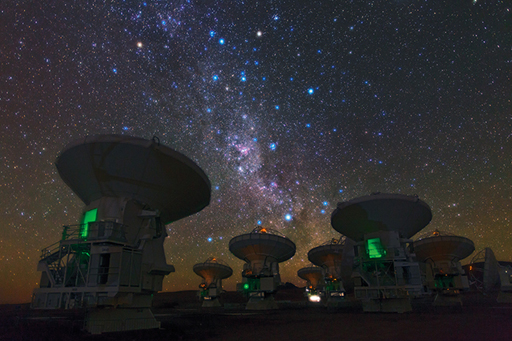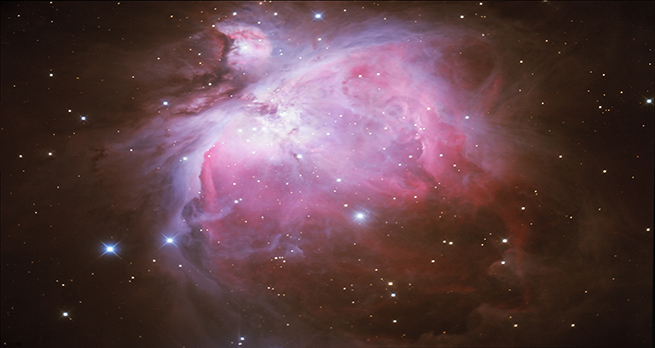Summary of Week 3

This week started with a bang – a big one!
Studying the Universe has revealed so much about how it formed and about our Solar System, but there is still a lot we don’t know! Dark matter is a good example – scientists still don’t know what it is, as only the effects it has on other objects can be observed.
This week you have made your own contribution to the scientific knowledge of the Universe, through classifying galaxies in the Galaxy Zoo project. The many images of galaxies included in the study have been identified by a variety of telescopes, both on the ground and in space, and the results of the study have been used to investigate these galaxies further.
Knowing about other galaxies leads to curiosity about whether any of them might host planetary systems. In Week 4, you’ll find out what it is that makes the Solar System special, how planets and comets form around stars and about the search for a planet like ours. The big question, then, will be, could life exist on another planet…?
